POD Door Hinge Fix; Venus, Moon
Posted: 7 March 2017
Thursday evening, 2 March, I attended the monthly meeting of the Oracle Dark Skies Committee. The sky was cloudy when I returned home. Friday, 3 March, dawned with an overcast sky and wind. Saturday, 4 March, began with clear skies but clouds and strong winds arrived mid-day, both continuing through Sunday, 5 March.
On Monday, 6 March, I replaced the top three nuts on the POD door hinge (screws would no longer tighten) with replacements from SkyShed:
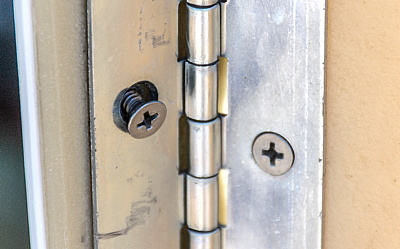
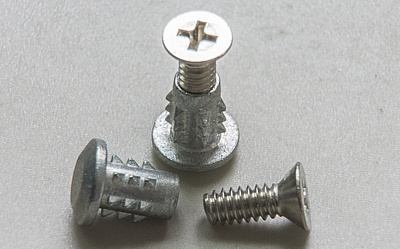
When I removed three nuts from the wall it was obvious why the screws would not tighten:
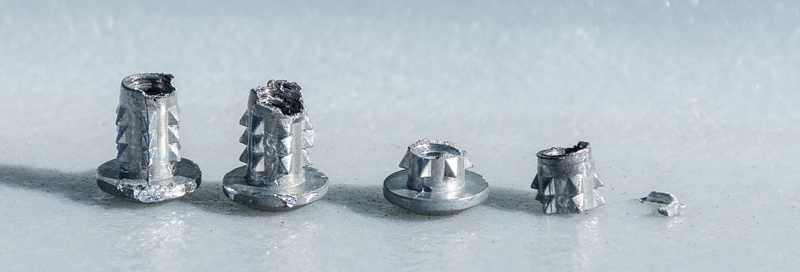
Not certain what caused the deterioration or why the top one (on the right in the photo above) was broken into two pieces. But now the door hinge is once again tight against the POD wall.
|
Open: Monday, 6 March 2017, 1806 MST Temperature: 72°F |
Session: 1078 Conditions: Clear, breezy |
Equipment Used:
12" f/8 LX600 w/StarLock
Wireless AutoStar II handset
Wired AutoStar II handset
2" 24mm UWA eyepiece
1.25" 9mm eyepiece
1.25" 2X Barlow Lens
1.25" 40mm eyepiece
1.25" 5.5mm eyepiece
Camera:
D7200 DSLR
iPhone 6s Plus
1810 MST: LX600 ON, StarLock OFF, High Precision OFF. Used the Wireless AutoStar II handcontroller. The Wireless handcontroller rechargeable batteries had drained since my last use, so I had to go through several sets before I got the handcontroller working. When I finally did the keypad buttons were almost non-functional.
1823 MST: viewed Venus in the western sky naked eye. Then viewed Venus in the 12" telescope at 102X. The planet had a lovely crescent phase.
Unfortunately, the Wireless AutoStar II keypad was essentially unusable. Button presses were mostly ignored. Parked the telescope and powered OFF to switch back to the wired AutoStar II handcontroller. (I had cleaned the Wireless AutoStar keypad contacts several months ago but suspected then that the problem would get worse. It did. I have retired the Wireless AutoStar II.) LX600 ON, StarLock OFF, High Precision OFF. Then viewed Venus briefly, 102X.
1826 MST: sunset.
Began setting up to image Venus using the D7200 DSLR. The camera was mounted for eyepiece projection using a 9mm eyepiece and 2X Barlow Lens for a magnification of 542X.
1843 MST: this is how Venus looked on the DSLR "Live View" screen:
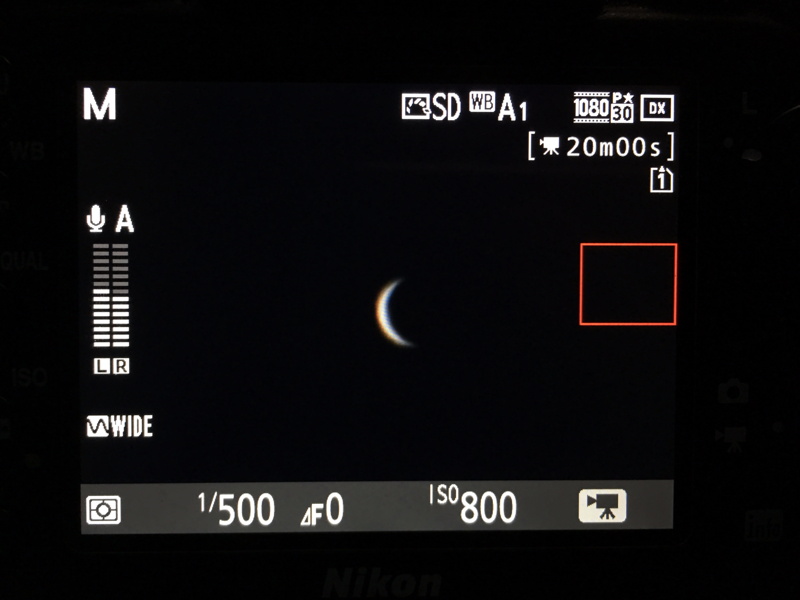
This is a stack of 615 HD video frames, 30 fps (20 seconds), 1/500sec, ISO 800, 542X:
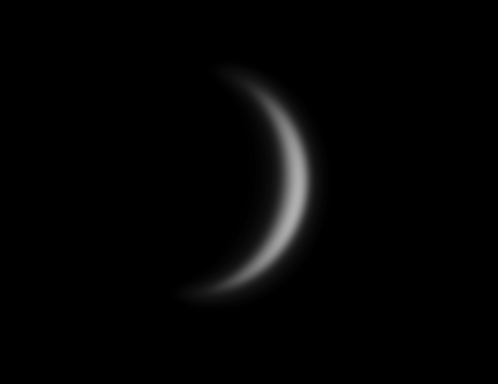
1853 MST: removed the camera and viewed the waxing gibbous Moon, 102X. Switched to a 1.25" 40mm eyepiece for this handheld afocal 61X photo using an iPhone 6s Plus:
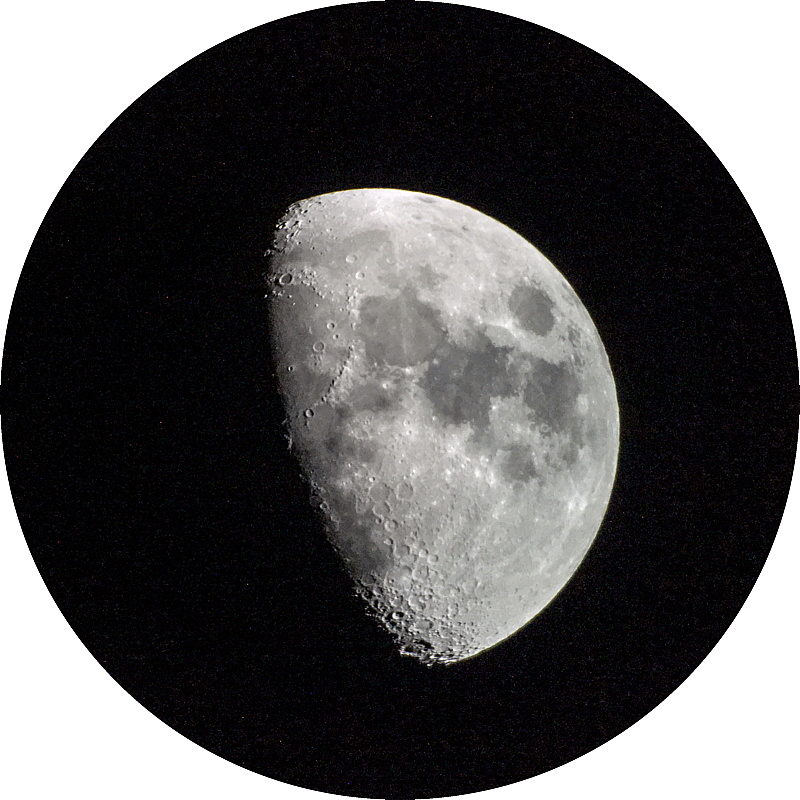
1902 MST: the breezes had calmed down now. Did some lunar observing, 443X. Nice views.
1911 MST: slewed to Sirius. Tried to observe Sirius B (the "Pup Star"), 102X, but was not successful. Was able to view Rigel's companion star (similar separation), 102X. Mounted the DSLR for eyepiece projection 542X HD video recordings of Rigel and Sirius. Unfortunately, was not able to capture the Pup Star. 1933 MST: ended DSLR imaging.
1938 MST: began some tests of a beta version of the iOS app NightCap Pro. 1953 MST: ended tests.
1955 MST: LX600 OFF.
|
Close: Monday, 6 March 2017, 2013 MST Temperature: 50°F |
Session Length: 2h 07m Conditions: Clear |
Use an iPhone or iPad while observing at your dark sky location? Check out this great tip from Sky & Telescope magazine: A Better Red-Light Filter for Your iPhone.
Comments are welcome using Email. Twitter users can use the button below to tweet this report to your followers. Thanks.
Cassiopeia Observatory Home Page
Copyright ©2017 Michael L. Weasner / mweasner@me.com
URL = http://www.weasner.com/co/Reports/2017/03/07/index.html
